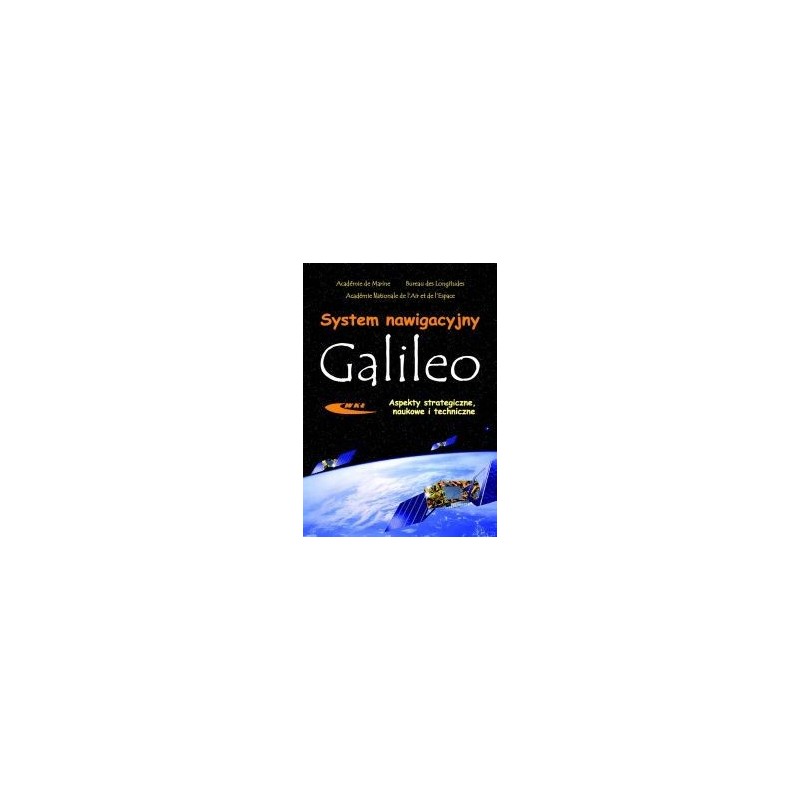- Out-of-Stock



About the book
Table of Contents
1. Introductory information 11
2. Technical description of the system 21
3. Civil applications 36
4. Scientific applications 75
5. Security and defense 95
6. Clocks in space - key technology 103
ROSA3D filament made of thermoplastic polyurethane. 0.5 kg of filament with a diameter of 1.75 mm is wound on the spool. ROSA3D ROSA-Flex 96A Pink
No product available!
No product available!
No product available!
No product available!
SDR (Software Defined Radio) receiver that allows you to receive signals in the frequency range from 10 kHz to 1 GHz. It is ideal for both monitoring low frequencies and receiving signals on higher bands
No product available!
No product available!
No product available!
No product available!
No product available!
ZL9ARM - base plate for dipARM modules with LPC213x and LPC214x microcontrollers
No product available!
No product available!
No product available!
This gearmotor is a powerful 12V brushed DC motor with a 18.75:1 metal gearbox and an integrated quadrature encoder that provides a resolution of 64 counts per revolution of the motor shaft, which corresponds to 1200 counts per revolution of the gearbox’s output shaft. These units have a 16 mm-long, 6 mm-diameter D-shaped output shaft. This gearmotor is also available without an encoder.
No product available!
No product available!
No product available!
No product available!

